
In this lesson plan, students will make use of their knowledge about gravitational force and factors affecting it to design a stuffed mini parachute that will land the slowest from a given height
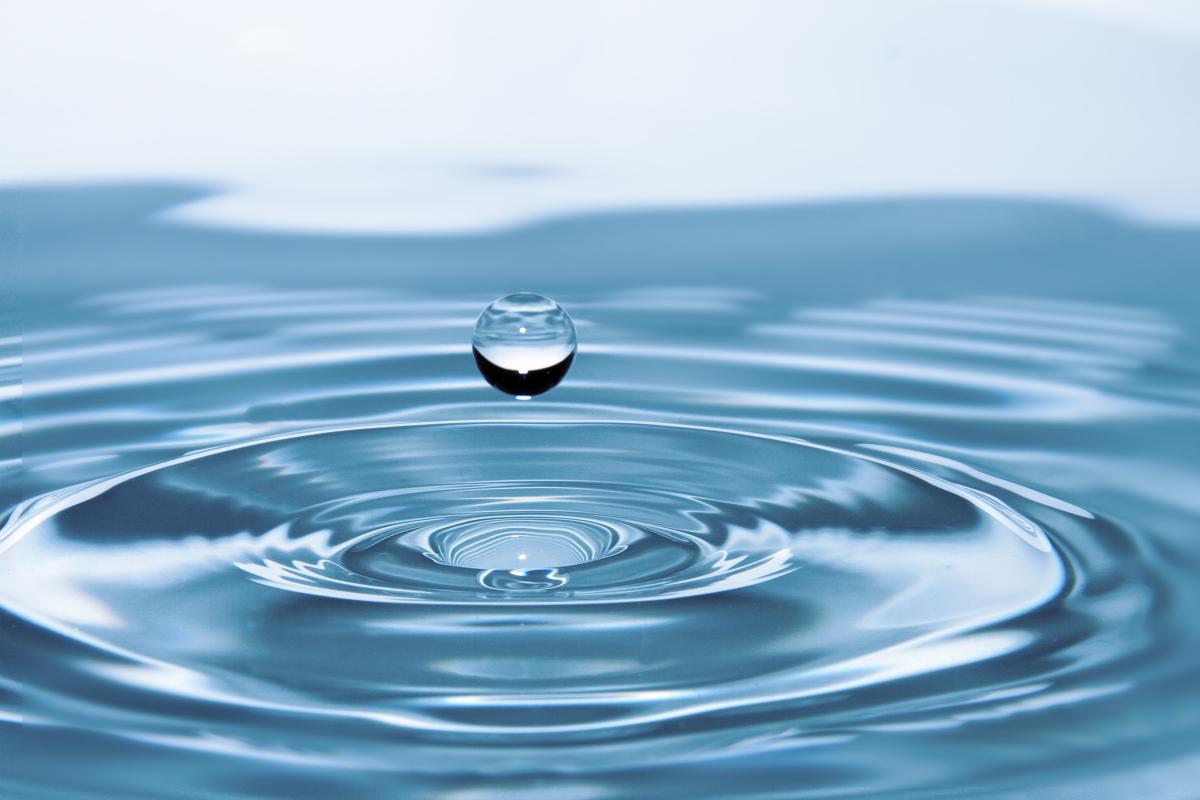
In this lesson series, students engage with the process of photosynthesis to examine factors that can influence the gases produced. In this lesson, students integrate previous lessons observations

In this lesson series, students engage with the process of photosynthesis through making observations and processing data through the collection and measurement of gases. Students will integrate data

In this lesson series, students will explore the process of photosynthesis by collecting data through measurements. Student previously engaged with an experimental lab setup for gas collection, and

In this lesson, students engage in exploration of making observations of photosynthesis and collect gases associated with the process. In this lesson, students will build experimental set ups and

Students will understand that humans can control their environment. Students will investigate the effects of different pruning methods on cherry tomato plant growth and fruit production.

This is the culminating activity of the 8 part lesson series on simple machines. Students will put together everything they have learned about each individual simple machine to create a complex chain

In this lesson students will: Identify screws in our world; Discuss how screws make work easier; Plan and construct an Archimedes Screw Provide and receive feedback through peer critiques

In this lesson students will: Identify wedges in our world; Discuss how wedges make work easier; Plan and construct a canoe of their own design that incorporates a wedge shape to make it more

In this lesson students will: Identify wheels and axles in our world; Discuss how wheels and axles make work easier; Plan and construct a wind powered care of their own design that uses wheels and

In this lesson, students will: Identify levers in our world; Discuss how levers make work easier; Plan and construct a catapult that uses a lever Provide and receive feedback through peer critiques

In this lesson, students will: Identify inclined planes in our world; Discuss how inclined planes make work easier; Plan and construct a marble maze of their own design that uses inclined planes

In this lesson, students will: Identify pulleys in our world Discuss how pulleys make work easier Plan and construct an elevator of their own design that incorporates a pulley Provide and receive

This lesson serves as the introduction to an 8 lesson series or unit on simple machines. This series will present dozens of activities to introduce your students to simple machines, culminating in the
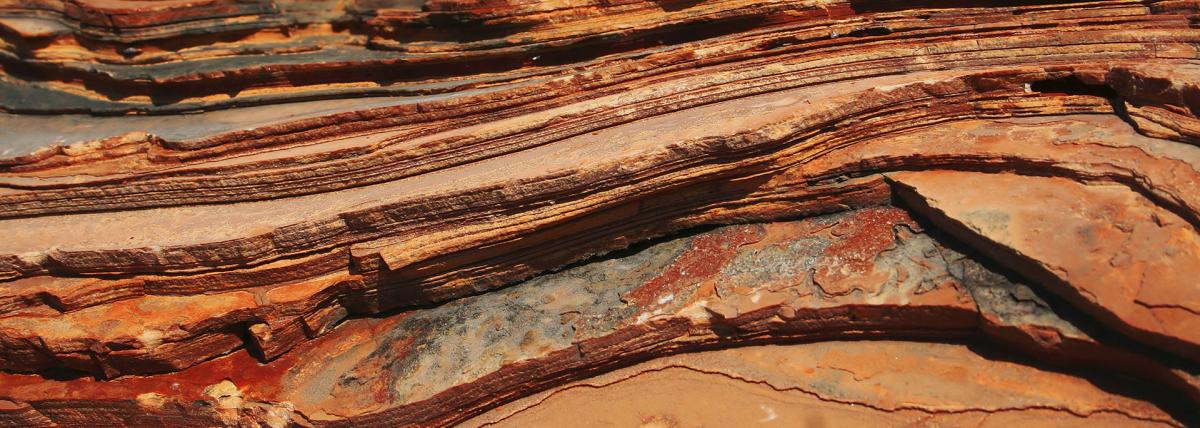
How old is Earth? How big is 1 million years compared to 1 billion years? Students will use three models to organize geologic time and practice cross multiplication to solve for a variable.
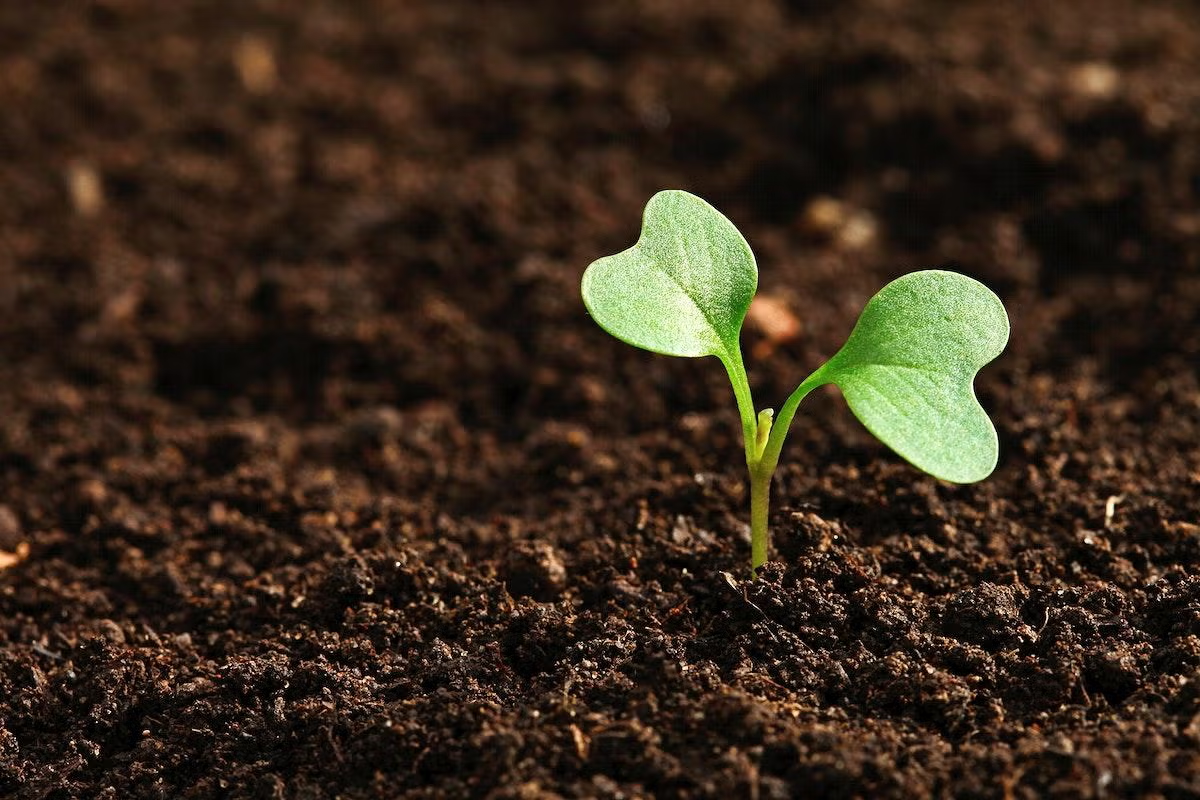
This is a junior high lesson on plant grafting that can be done in a classroom setting or with an after-school club such as botany. This lesson can be easily modified for any grade level. In this

Explore how cells can only be so big by studying how things move in and out of them, and discover why the size of a cell is connected to its surface area and volume.

This is a hands-on, collaborative lesson that allows the students to include art and presentation skills in the project. The students research various aspects of a selected planet and then presents
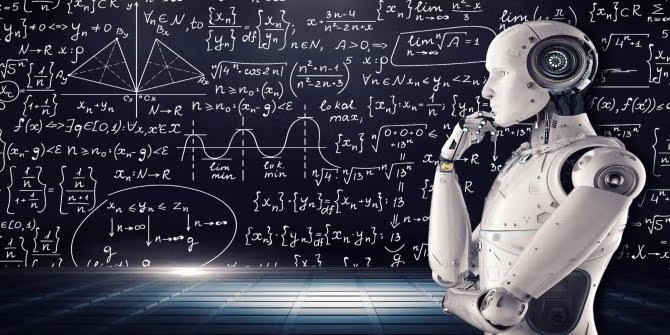
Students will build a paper marble run out of recycled paper which maximizes the time of travel. Students will then analyze the run with energy diagrams and determine how much energy was lost.

In this lab, we will be completing a set of tasks that will help us develop a better understanding of the formation and parts of both transverse and longitudinal waves.
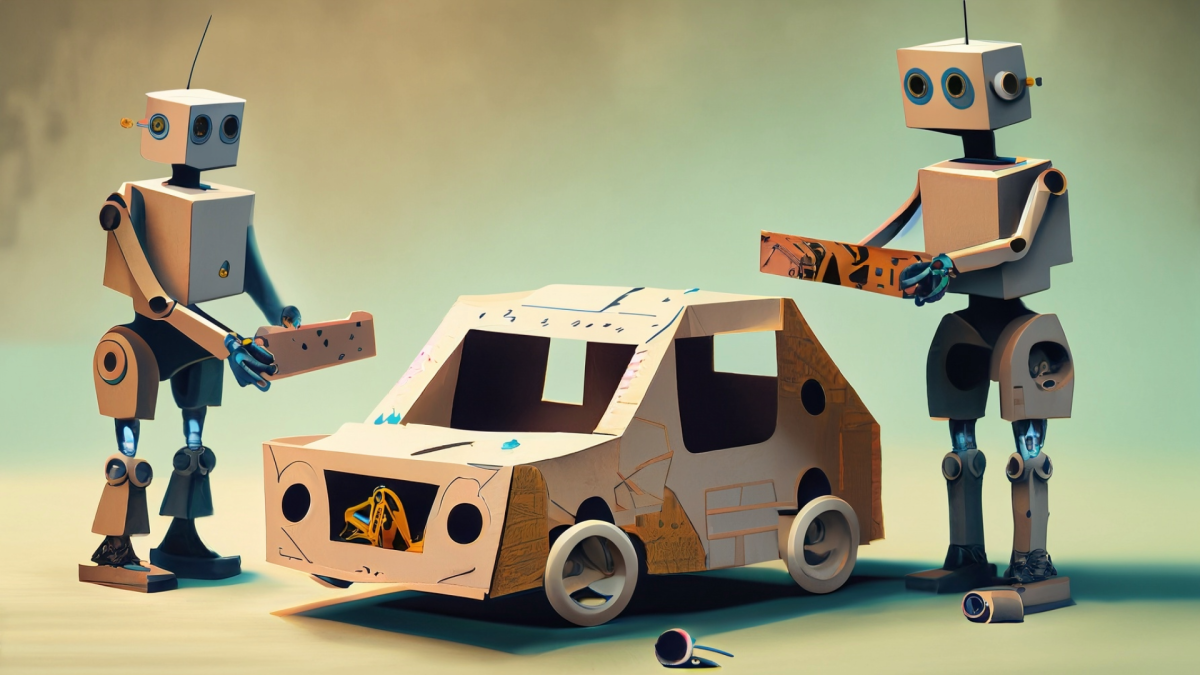
Students will use the projects from lessons 2 and 3 to analyze the data of the electric cars they made. They will identify the variables in their cars and plan improvements to their designs.

This lesson uses the knowledge of circuits (lessons 1 and 2) to make a battery-powered car. We used a tutorial from Tinkercad and designed our own body of a car. Then, I printed their cars. They

This lesson shows how to make an electric car using a small motor and battery. Students created a car, attached a battery and on/off switch, and collected data. The data collection sheet is included

This lesson is an introduction to circuits. It teaches about what is a circuit and then applies what they learned in a variety of ways through centers. Then, they will apply what they learned about


